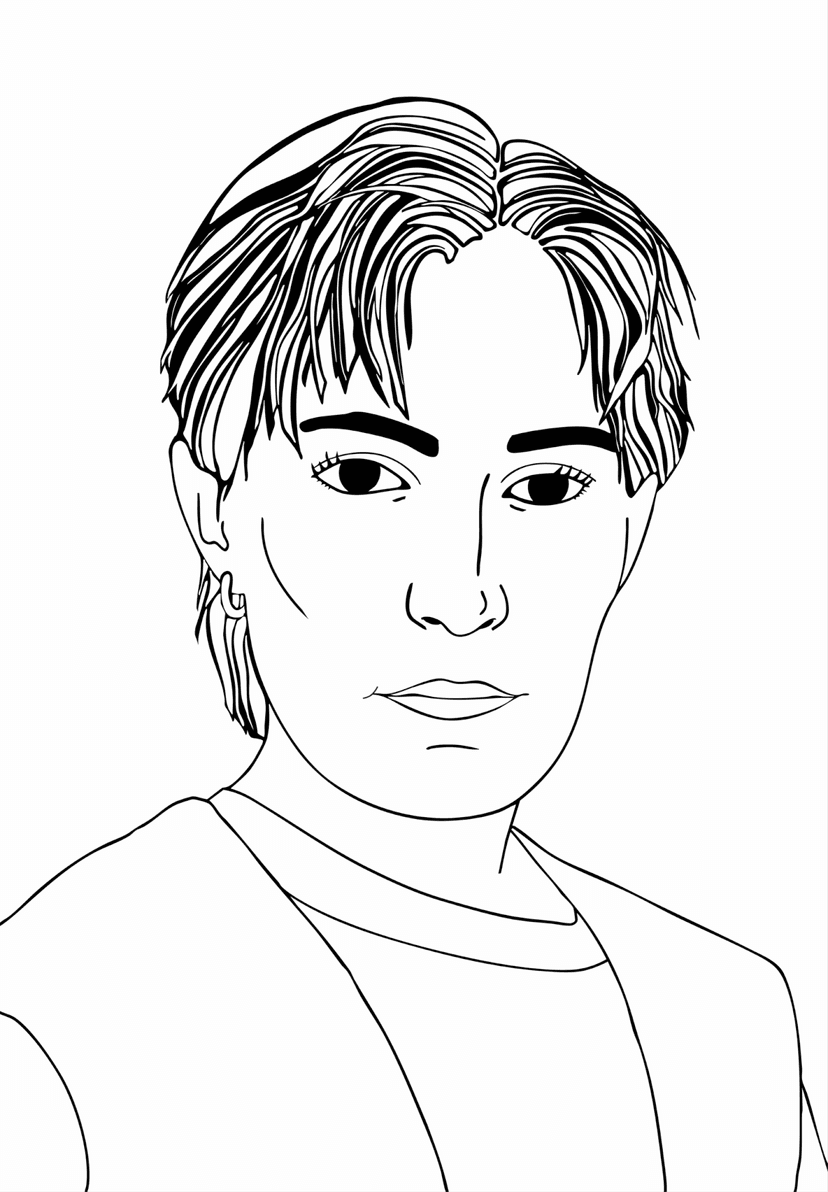Writing is a monument. This conviction has guided Boston Art Review’s contribution to the City of Boston’s Un-monument | Re-monument | De-monument initiative. Supported by a $3 million Mellon Foundation grant, the multi-year program invites temporary public monuments, artist commissions, and free programming across the city. Since its launch in 2024, curatorial partners have hosted open calls, commissioned new works, and staged public talks. Together, we are rethinking who and what we memorialize and how our public spaces might shift to reflect the less visible histories that shape Boston’s identity.
My own way into this work began with two slim volumes I spotted on a friend’s bookshelf. Titled Boston Celebrations, they documented speculative proposals by the ICA and MIT’s Center for Advanced Visual Studies for temporary public art during Boston’s Bicentennial in 1975 and 1976. One line in a preface jumped out: “[These are] plans and drawings for temporary visual celebrations on specific Boston sites.” It confirmed something I had suspected—Boston has been searching for a version of Un-monument for a very long time.
This is a longer essay for another time, but my preliminary research revealed that the search for a city-wide event has been turbulent. In 1967, Boston’s leaders proposed Expo ’76, a billion-dollar World’s Fair with harbor development plans and futuristic technology at its center. But the Expo collapsed under political infighting, environmental concerns, and the city’s mounting racial strife. What emerged instead was Boston 200—a scaled-back celebration with neighborhood festivals, exhibitions, and a record-breaking fireworks concert. Whether it was a success or a disappointment remains debated.
The Boston Celebrations books didn’t contain this history; their creamy pages held only speculative drawings for public art. But their obscurity and fragility—rescued by my friend from a trash bin at MIT fifteen years ago—reminded me why print matters.
Sometimes what survives is not the official record, but the fragile artifact that carries memory forward.
The essays gathered here are a sampling from a wider collection of texts that demonstrate just how expansive a monument can be. Alula Hunsen traces the contested histories of graffiti in Boston, showing how a form born of reclamation and resistance has contended with criminalization and institutionalization, often at the same time. Lian Parsons-Thomason writes about artist Daphne Xu’s film spotlighting activists from Chinatown fifty years after immigrant women organized for their children’s safety and dignity at the height of Boston’s busing crisis. And TK Smith considers the very proposition of “un-monument,” urging us to see beyond objects of stone or bronze toward the radical possibilities of memory, knowledge-sharing, and collective dialogue.
As the Un-monument projects continue to unfold across our city, we hope this writing becomes both a record and a catalyst—something to hold onto and maybe something to find on a friend’s bookshelf in fifty years.

